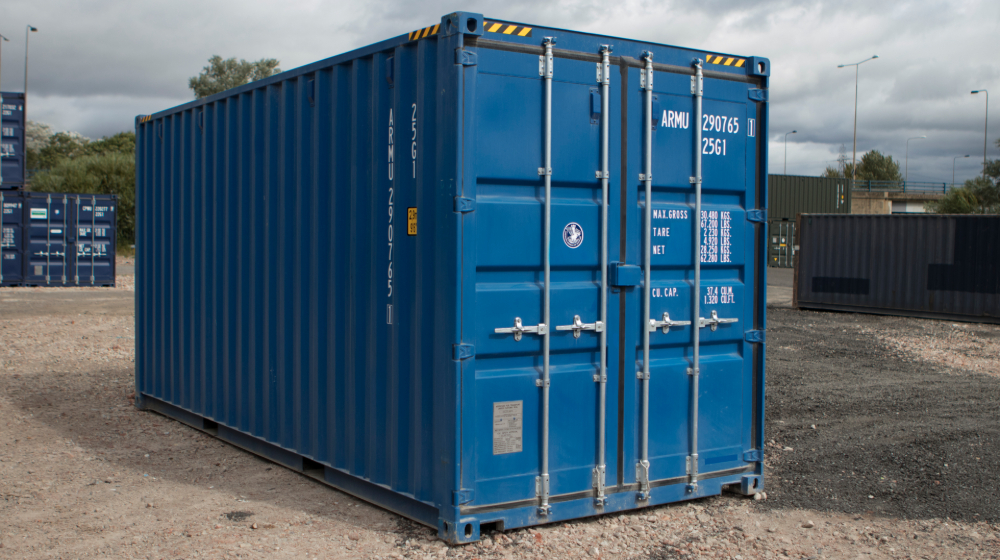[[data.name.value]]
[[metadata.defaultData.name]]
[[data.title.value]],
[[metadata.defaultData.title]],
[[data.company.value]]
[[metadata.defaultData.company]]
How are High Cube Containers Maintained and Inspected for Safety and Quality?
High Cube Containers have become essential to the worldwide transportation and logistics business, giving greater storage and adaptability. These containers are necessary for carrying heavier and bulkier goods due to their higher height in comparison to ordinary containers. The effectiveness and dependability of the shipping process depend heavily on the safety and quality of Sea Container High Cube. This article covers the maintenance and inspection of high cube containers to ensure safety and quality.

Regular Maintenance
High-cube containers are transported in seawater, severe temperatures, and rigorous handling. Regular maintenance is essential for preserving their structural integrity.
- Cleaning: The first step in maintaining high cube containers is cleaning them. Corrosion is avoided and the integrity of the container's exterior is ensured by removing dirt, residue, and salt deposits. For this, pressure cleaning with a gentle detergent is often used.
- Inspection: Inspections are carried out regularly to spot problems early and fix them. These inspections include looking for corrosion, fractures, or any other indications of structural deterioration to the container. Any issues discovered during inspections are fixed right away to avoid further degradation.
- Lubrication: To make sure that the container runs smoothly, door hinges, locks, and other moving components must be properly lubricated. Additionally, lubricants shield against corrosion and rust.
Structural Repairs
High cube containers must undergo structural repairs in order to be safe and of high caliber.
- Welding: Repairing fractures, holes, or other structural damage sometimes requires welding. These repairs are carried out by licensed welders to guarantee the preservation of the container's structural integrity.
- Component replacement: To maintain the container's airtight integrity, worn-out or broken parts including door gaskets, seals, and locking mechanisms must be changed.
Painting and Rust Avoidance
strong cube container maintenance places a strong premium on preventing rust and corrosion.
- Surface Cleaning: The container's surface has to be well cleaned and prepped before repainting. This include removing any impurities, including rust and old paint. Sandblasting is a typical technique used for this.
- Painting: The container's exterior is coated with premium paint designed for marine situations to prevent corrosion. To guarantee longevity, many coatings are used.
Safety examinations
In order to avoid mishaps during handling and transportation, it is essential to ensure the safety of high cube containers.
- Building Integrity: A thorough evaluation of the container's structural integrity should be done during routine inspections. This involves checking the walls, floors, corners, and roof for any possible flaws or abnormalities.
- Locking and Door Mechanisms:
- The doors and locking systems are examined to make sure they work properly. In order to stop moisture or pests from entering the container, proper sealing is also essential.
- Air quality and Ventilation: When cargo needs special climatic conditions, ventilation systems are examined and verified to preserve temperature and air quality.
Conclusion
In the world of shipping and logistics, high cube containers are crucial, thus it's essential to keep them secure and of high caliber. These maintenance and inspection techniques allow Sea Container High Cube to deliver cargo effectively and safely. Keep in mind that high cube container safety and quality are essential for both the cargo and the individuals and companies that rely on them for international commerce.